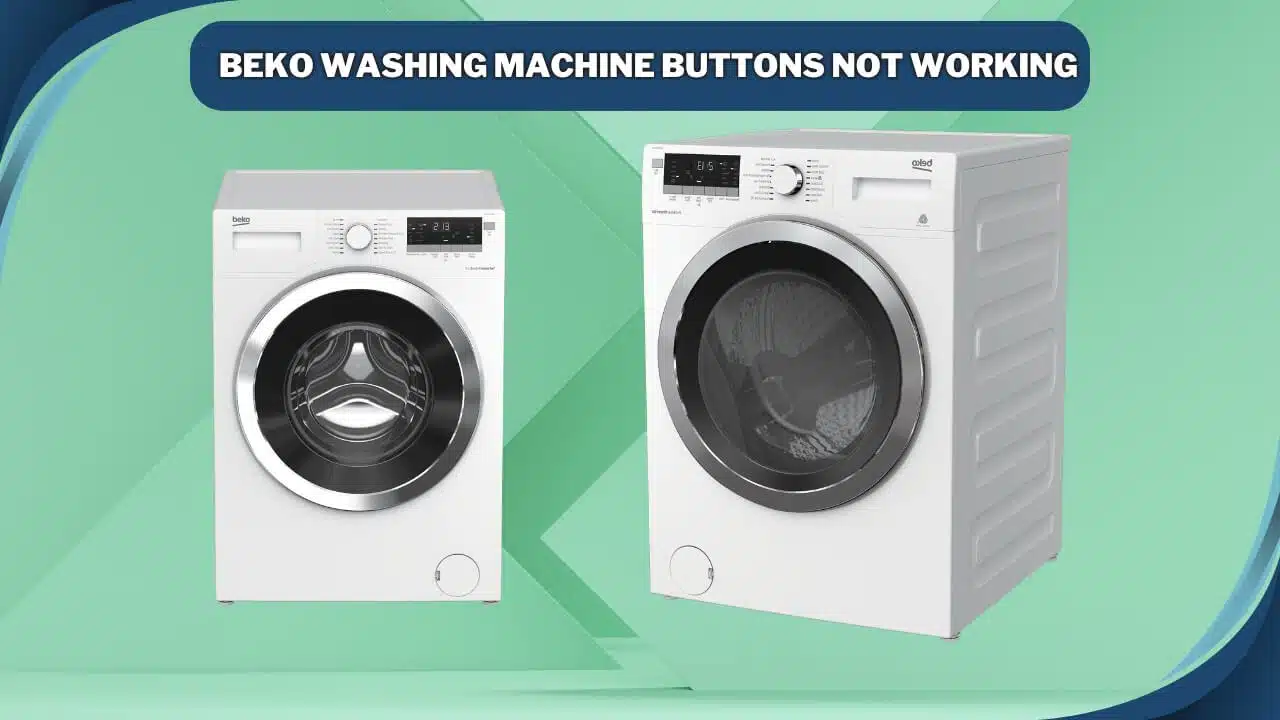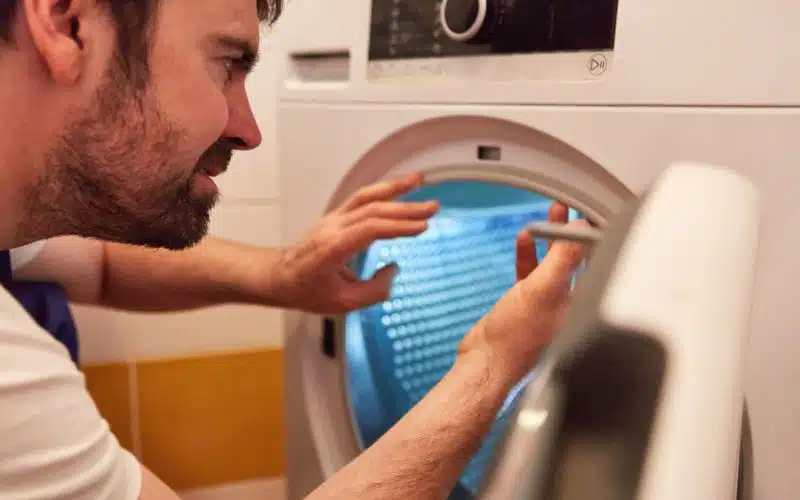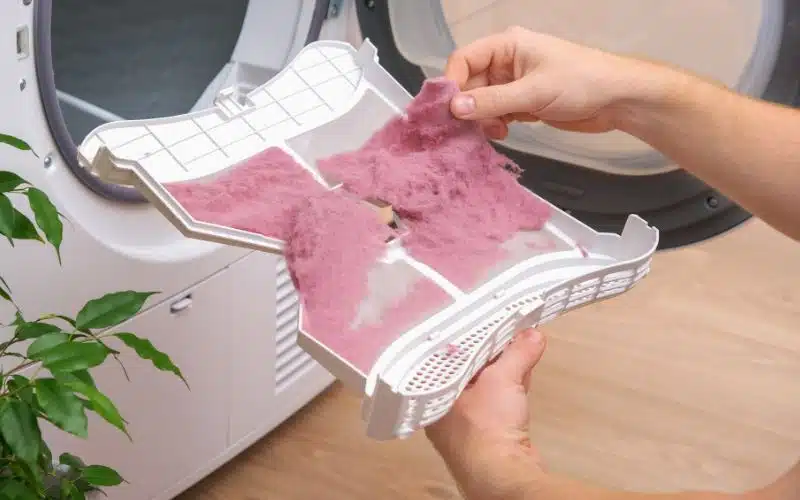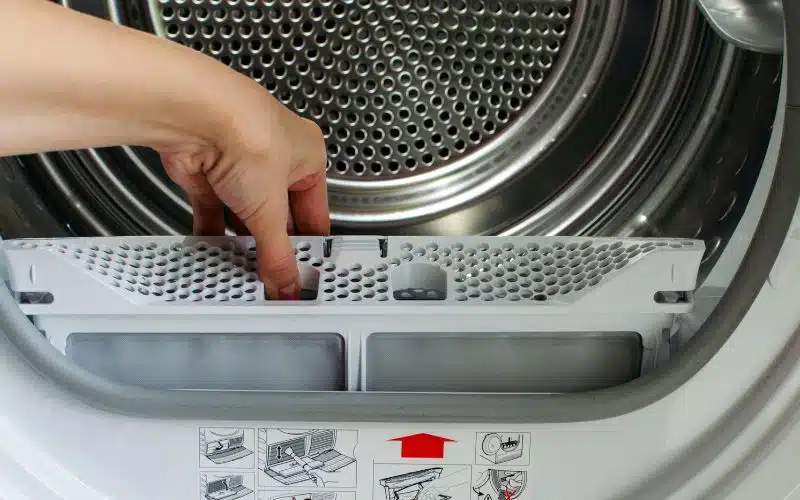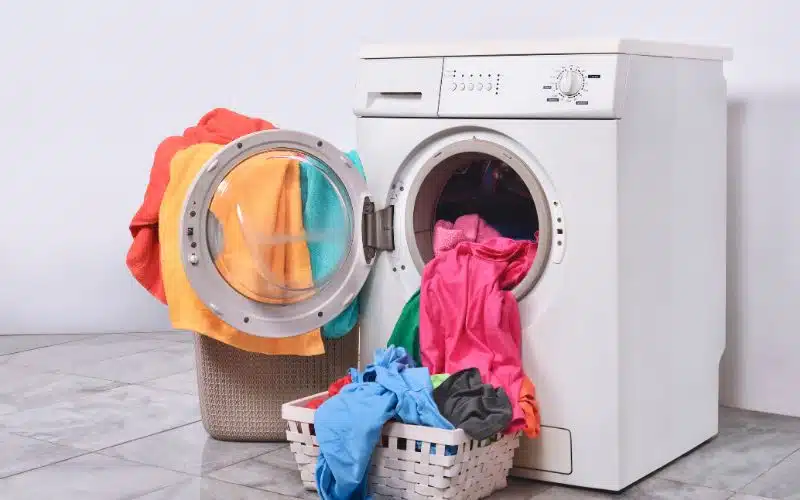To date, washing machines remain one of the most thoughtful inventions of man. They serve an essential function in the life of man – Cleanliness.
However, like all machines and humans, washing machines do get ‘sick.’ A peculiar type of sickness observed in several washing machines over the years is a tendency to exhibit a random water filling pattern.
Washing machines fill water then stops when either one or more of the following has happened to your washing machine: the drum lock is faulty or hindered from closing appropriately; its motor is defective; the heater is burnt; the control module is burnt; the belt is bad; the pump is faulty, or the hose is damaged.
Why does Washing Machine start to Fill with Water and Then Stop?
A washing machine fills water haphazardly when either one or more of the factors mentioned earlier is present within the washing machine.
Now, let us take a closer look at the reason for this occurrence by examining each of the earlier mentioned factors and some additional causes.
#1. Clogged / Faulty Drum Lock
Many technicians have reported that, from experience, the presence of foreign objects in the tiny space between the washing machine’s drum and the drum lock is responsible for the seizure in water filling patterns of most washing devices presenting with this type of problem.
Once the foreign object has been successfully removed and the drum lock restored to its normal position, the washing machine fills water adequately.
No more episodes of either haphazard or stalled water filling patterns come up after this fix.
Furthermore, in cases where the drum lock is not hindered but faulty, replacing the lock itself and ensuring the safety fits appropriately with the drum solves the problem.
#2. Faulty Motor
Motors are essential to the normal functioning of any machine. The washing machine is no exception to this rule.
The most common motor problem found amidst washing machines are: Worn off brushes on the motor and failure of run capacitors in asynchronous electric motors.
In short, engines are what the heart is to the human body! Once any sort of motor in the washing machine has any form of fault, the washing machine starts functioning irregularly.
One of the significant manifestations is in the water filling pattern.
#3. Burnt Heater
The primary heater involved in this kind of manifestation in the pattern in which a washing machine water fills is the tubular electric heater.
Now, this is how it happens. When washing starts filling up with water, it automatically switches on the heating element in the machine.
The machine expects the water to reach a specific threshold temperature, which is detected by its sensor, which sends off a signal to initiate the action of the engine.
Thus, when the heater is burnt or faulty, the sensor becomes unable to activate the activity of the drum.
Once the drum is not active, the water filling process becomes hindered. Hence, the seizure in the water filling pattern is experienced when this fault is present.
#4. The belt is Faulty
If your machine does not come with direct drive technology, it is expedient to examine the belt. It might just be the culprit in this matter.
The strap is usually located behind the sidewall in vertical drum washing machines, while it is located after the rear wall in horizontal drum automatic washers.
#5. Slightly Obstructed Hoses/Pumps and Water Inlet Valve
The presence of foreign materials within your washing machine’s pump, hose, or water inlet valve, which obstructs water flow depending on pressure, might cause this problem.
These materials block essential passages in the machine, causing a constraint in the flow of water through it.
#6. The Control Module is Burnt
If all the above parts have been checked and found to be functioning correctly, the problem might be due to your washing machine’s electronic control board.
This is the center and coordinator of all activities in the washing machine.
It ensures that an appropriate signal is sent to the adequate unit, which provides that the washing machine fills water. Therefore, any fault in this center results in improper filling.
#7. Inadequate Cycle Choice
An inadvertent selection of soak mode could be responsible for this problem. As a result, the cycle could take as long as 15 to 30 minutes before the machine returns to its normal operation mode.
More clearly, this mode tells the machine to hold on for a little while before washing the clothes that you have placed in it.
#8. Defective Water Level Switch
Also known as ‘Pressure switch.’ This switch monitor and controls the water level as the washing machine fills the water.
Once this switch is defective, the washing machine’s motor may not receive power. Hence, the washing would not function.
#9. Defective Lid Switch
A properly functioning lid switch ensures that power reaches the washing machine’s electric drive motor.
However, once the washing machine’s lid is open, the lid switch cuts off power from the drive motor.
Thus, no filling or operation happens. Now, when the lid switch is defective, power is cut off from the drive motor.
Hence, the machine cannot conduct any proper operation until the button is fixed appropriately.
How to Ensure Washing Machine Fills With Water Without Stopping?
First and foremost, examine the water inlet valve and water inlet switch. Once all these are in top shape, ensure that the washing machine’s lid is well closed.
As we have earlier pointed out, once the cover is not closed correctly, power would not get to the washing machine’s drive motor. Hence, the device would not function properly.
It is advised that you unplug the washing machine before carrying out any routine check on the various parts of your washing to find out the root cause of this problem.
If, after checking your washing machine’s lid switch and the washing machine mode, the issue remains, the problem is most likely coming from a more technical component of your washing machine.
Thus, you would need the service of an expert. The expert would know the problem without tinkering around with the washing machine.
As earlier mentioned, there are many possible reasons why this is happening. Therefore, you might eventually need to replace any parts found to be the root cause of this problem.
This would ensure a continual smooth running of the washing machine.
Again, endeavor to engage the service of an expert or report the matter to your manufacturer’s service point for a proper check-up and fix.
Do not tinker deep into the machine all by yourself, as you might be doing more harm than good in the long run.
Conclusion
A washing machine fills water and stops due to several reasons.
Usually, the problem arises due to burnt heaters, malfunctioning lid switches, defective water valves, faulty control modules, belt issues, faulty / obstructed drum lock, and a bad motor, to mention but a few.
The solution to this problem lies in proper identification, not the root cause of the problem itself.
Thus, it is advised that, once the problem is not found to lie with fundamental issues such as a defective lid switch or accidental switching to safe mode, the service of an expert should be engaged for an adequate fix.
